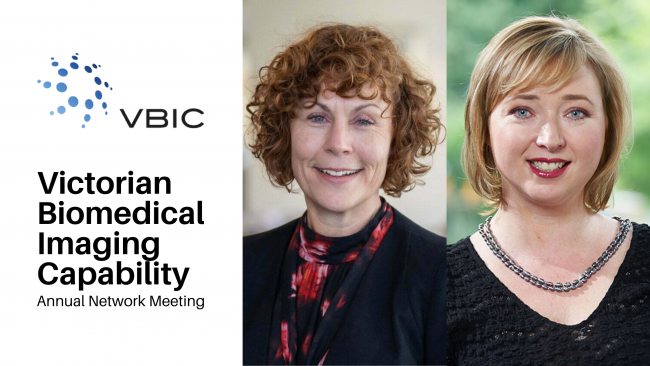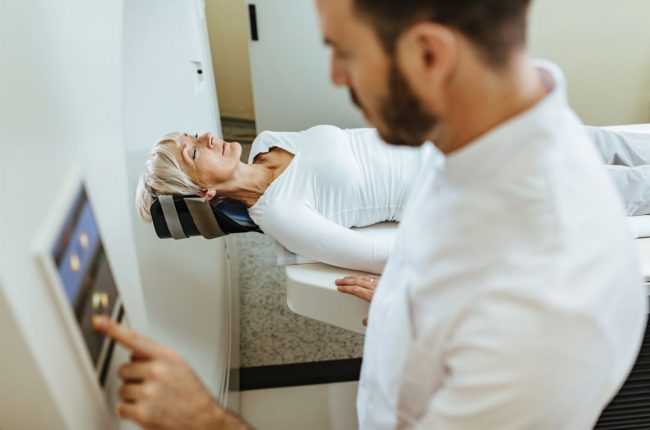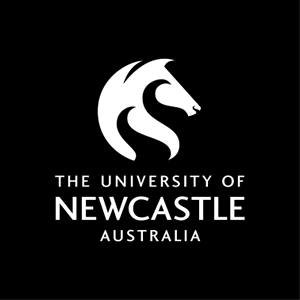Australian cancer patients to benefit from state-of-the-art ACRF Centre for Precision Medicine at the Olivia Newton-John Cancer Research Institute
A new world-class radiochemistry lab will open at the Olivia Newton-John Cancer Research Institute (ONJCRI) to enable access to innovative cancer therapies for Australians.
The Australian Cancer Research Foundation (ACRF) has awarded a $2.1M grant to the ONJCRI to establish the ACRF Centre for Precision Medicine, supporting the supply of radiopharmaceuticals for theranostic trials.
The ACRF Centre for Precision Medicine will complement infrastructure and expertise at the National Imaging Facility (NIF) La Trobe-ONJCRI Node based at the Austin Hospital, allowing preclinical and clinical molecular probe development studies to be performed in the new radiochemistry lab facility.
It is also aligned with the NIF PET radiochemistry upgrade at the Austin Hospital through the University of Melbourne Node.
The NIF University of Melbourne radiochemistry facility is focused on short half-life PET probe synthesis, and long-lived PET isotope production. The new ACRF Centre for Precision Medicine radiochemistry lab will enable the conversion of these isotopes into long-lived PET probes.
Nuclear theranostics produced at the new facility will enable simultaneous imaging and therapy, allowing researchers and clinicians to see where targeted medicines go in the body in real time, identify drugs most likely to succeed and select patients who will benefit.
Chief Investigator and La Trobe-ONJCRI NIF Node Director Prof Andrew Scott AM, said the ACRF Centre for Precision Medicine will establish a unique and exciting capability for discovery translation.
“Precision medicine has been described as the future for cancer treatment, whereby identifying key targets in a patient’s cancer and individualising treatments based on appropriate treatment selection can result in improved outcomes,” Prof Scott said.
“The ACRF Centre for Precision Medicine will provide a key technology for theranostics for multi-centre clinical trials across Australia.
“This will link outstanding researchers in cancer biology, drug development, radiochemistry and molecular imaging of cancer, leading to novel therapeutic approaches and clinical trials.”
ONJCRI projects ACRF’s $2.1M investment has the potential to result in a return of $8.19M with $5.49M in health gains and $2.7M in wider economic gains.
The grant leverages $2.51M NIF investment in radiochemistry and molecular imaging infrastructure at the La Trobe-ONJCRI and the University of Melbourne in collaboration with the Austin Hospital.
The Ovarian Cancer Research Foundation has also committed $300,000, over three years, for technical project personnel to drive new theranostic ovarian cancer treatments.













